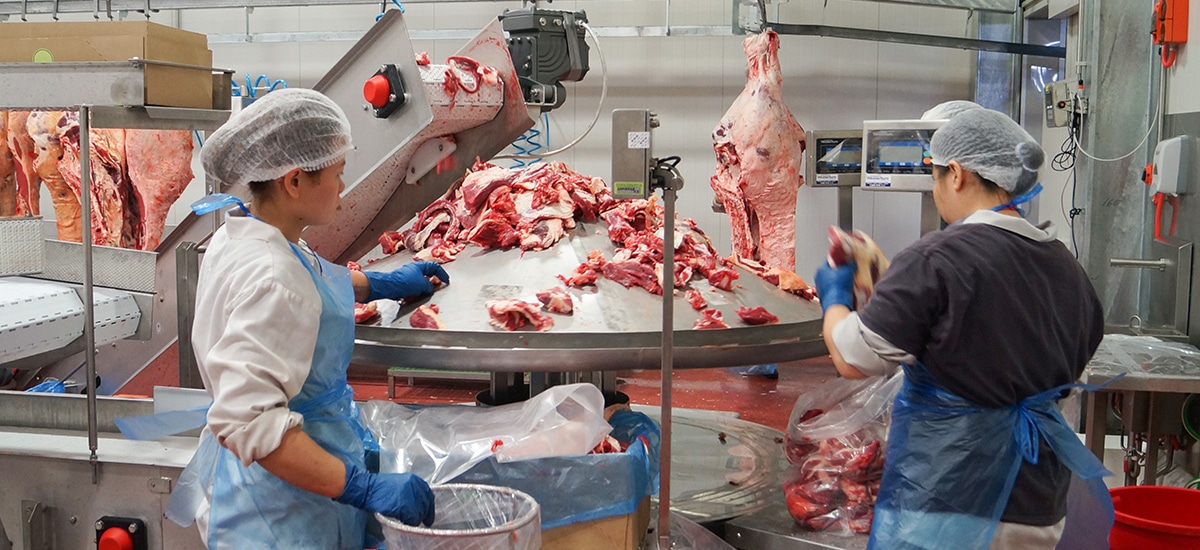
Optimising for Success
Most food businesses have multiple operations or processes, ranging from; manufacturing, processing, packaging, sale, cleaning etc. All areas of a business can be optimised with the right plan and implementation. Even businesses with the best equipment and high tech machinery can improve their operational efficiency. Small changes to optimise procedures can benefit the business by reducing product wastage, improve quality, save time, reducing costs, and increase profits.
In the frenzy of operating a food business, it is easy to get in a rut of routine. Finding time to get out of the rut can save you time and money, and is more achievable than you think.
Many businesses today are outsourcing to professional innovation companies to refine their business model. However, it is possible to do an in-house review to make positive changes to your daily operation.
To initiate process optimisation for a business, consider the following steps:
- MAP
Draw up a map and a list of your current workspace, including all machinery and processes involved in the production, manufacturing, packaging etc of your product/s. This allows you to understand all current processes in detail, and perceive the business from an outside angle to recognize potential flaws in your daily methods or areas that could be more efficient. - Identify potential optimisation points
Using the business map, locate specific targets to improve. This may vary from reducing product waste from a certain machine to fully redesigning the layout of the workspace to flow between stations to save time.
Call upon employees for their opinion, as they may recognise an unrecognised area of improvement through their daily work. - Planning
Develop a plan to optimise any areas of business to be improved. Incorporating a Who, What, When, Where, Why model helps everyone involved understand the initiative and assists in measuring its success in the future. - Commence Process Optimisation
Rollout your plans to better your business! It is important to effectively monitor the new optimisations to compare and review results. In the food industry, this can vary from data of product wastage or production times for a certain machine/product, to packaging material costs or energy bills. Create a checklist if the optimised area is an employee task as it is often difficult to adjust to new/altered operations and stick to them effectively. - Review
After a set time period, look over your original optimisation plan. Check the results of your plan and compare it to how the business functioned pre-optimisation. Small changes that make small savings in numerous areas quickly add up, and are more noticeable as time goes on.
Is it time you stepped back and looked at where your business is at?
You may even think everything is running smoothly – but there is always room for improvement. Investing a little time now can save you a lot more time AND money later.
Possible areas of optimisation
Workspace layout
Proccessing machinery/equipment/processes
Packaging machinery/materials/processes
Product waste
Employee tasks
Hygiene
Customer Service
Product presentation
Energy costs
Environmental effects
Machinery maintenance/upgrades, and much more
Equipping the food industry to grow with food processing and packaging solutions
call 1300 88 99 51
email [email protected]
room 35 Shirley Way, Epping VIC 3076
room 9 Mcilwraith St, Wetherill Park NSW 2164
room 21 Hoyle Rd, Hope Valley WA 6165
room 27 Beal Street, Meadowbrook QLD 4131
room 7 Chadderton Bvd, Epping VIC 3076
room 40 Logistics Boulevard, Kenwick WA 6107
room 25 Hayton Road, Wigram, Christchurch 8042, NZ
Connect with us on LinkedIn
